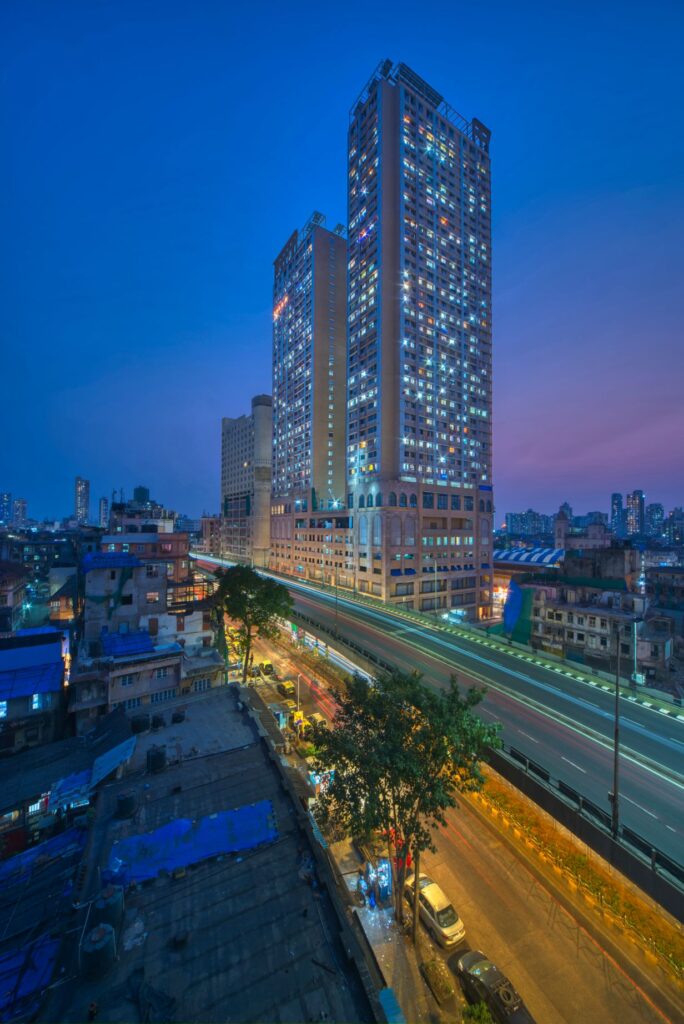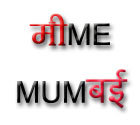Most Mumbaikars at some point in their life have taken a stroll down the lanes of Bhendi Bazaar, especially devouring the Bohri cuisine and the Ramadan feast. Bhendi Bazaar is a mosaic of closely-knit communities & bazaars that have woven a unique culture over the years.
History of Bhendi Bazaar
Bhendi Bazaar is as old and as riveting as the history of Mumbai, the city in which it has evolved in. Situated near Crawford Market, the area was referred to as ‘Behind the Bazaar’ by the British residing in the area and became known as Bhendi Bazaar colloquially by the locals. It was originally formed to support the housing needs of those aiding trade and commerce activities in the harbour of Old Bombay. Housing single men who had moved to the neighbourhood seeking opportunities of trade & business, the buildings were designed in a dormitory fashion which are otherwise commonly known as ‘Chawls’. As businesses began to flourish, families started to migrate to Bhendi Bazaar and the area developed a distinct community culture reflective of its closeness. However, over time, due to neglect by owners and inefficient policies Bhendi Bazaar witnessed a gradual decline in terms of sustainability and human development.
Bhendi Bazaar Redevelopment Plan
Today, the mohalla is home to more than 20,000 people/3200 families who have inherited the past glory, however, along with a dilapidating infrastructure that is more than 150 years old. The Bhendi Bazaar Redevelopment Project was conceived in 2009, by Saifee Burhani Upliftment Trust, with the sole intent to realize the dreams of its residents, both commercial & residential, of living life to its fullest potential with better standard of living and holistic growth. It comprises 16.5 acres of land divided into 7 self-sustained sectors, with over 250 decrepit buildings, 3200 families and 1250 shops, all of which will be incorporated into a state-of-the-art sustainable development with 11 new buildings, wide roads, modern infrastructure, more open spaces and highly visible commercial areas. In 2020, the project reached a milestone by rehabilitating 610 families and 128 businesses were rehabilitated into two towers, ‘Al Sa’adah’ across one acre of land, replacing 13 unsafe buildings, thereby completing Phase 1 of the project. Phase 2 of the project is now in action and is expected to be completed by 2025. It will not just change the lives of the past and the current generations who will move from one room to now a 1/1.5 BHK with dedicated kitchen, bathrooms, living area, but also the future generations with adequate places to play, grow and engage.
The bazaar that is famously known for its food, fabric market, carpet stores, sweet shops and a larger shopping culture, will have a new face in the form of shopping arcades, yet the heart and culture of the small business community of Bhendi Bazaar that will keep the vibe of the bazaar alive. If that’s not all, Mumbaikaars will now experience more with new smaller businesses that came alive during the pandemic, making home-run workshops more accessible to the city.Soon the stress of cramped up lanes will be replaced by wider lanes and substantial parking space, connecting the mohalla further to the city.
This change is not small and while a lot of what Mumbai will see is an all new Mohalla of Bhendi Bazaar, it is truly the magnitude of change that this project delivers in redefining Mumbai’s most known clustered spaces.
This redevelopment project will transform Bhendi Bazaar into a diverse sustainable community with a healthy neighborhood creating a vibrant modern urban area which will provide an example and impetus for other urban renewal projects in Mumbai, in India, and throughout the world.
Article contributed by Saifee Burhani Upliftment Trust









